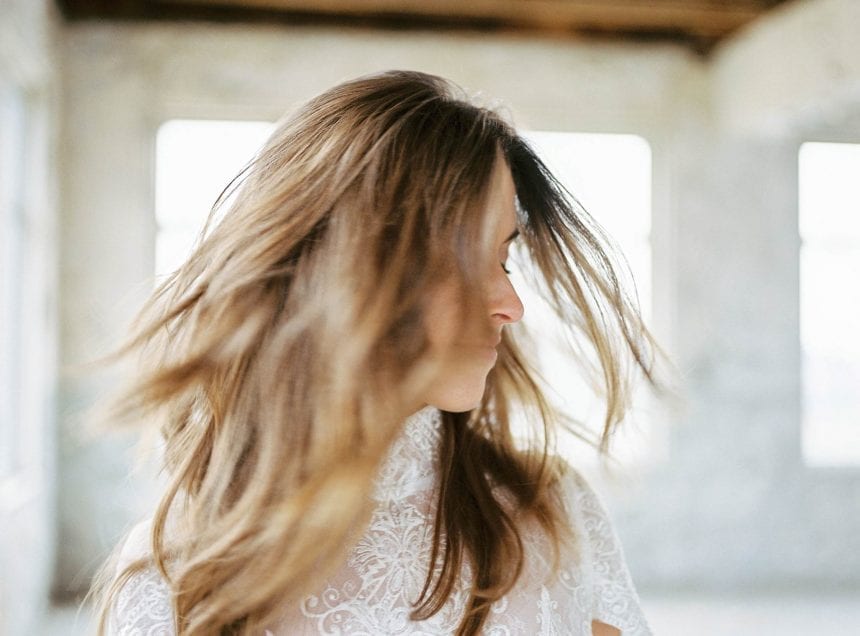
New Science Reveals An Unknown Cause of Dandruff
The scalp is a balanced eco-system that is very sensitive to changes from the environment, cosmetic products and your internal health. I’m sure most of us have experienced finding dandruff, or ‘snowflakes’, as I like to call them, on our shoulders. It’s so common yet research in scalp disorders and dandruff remains scarcely explored.
The crazy thing is that most common scalp concerns are caused by one thing most of us have never even considered – a bacterial imbalance!






